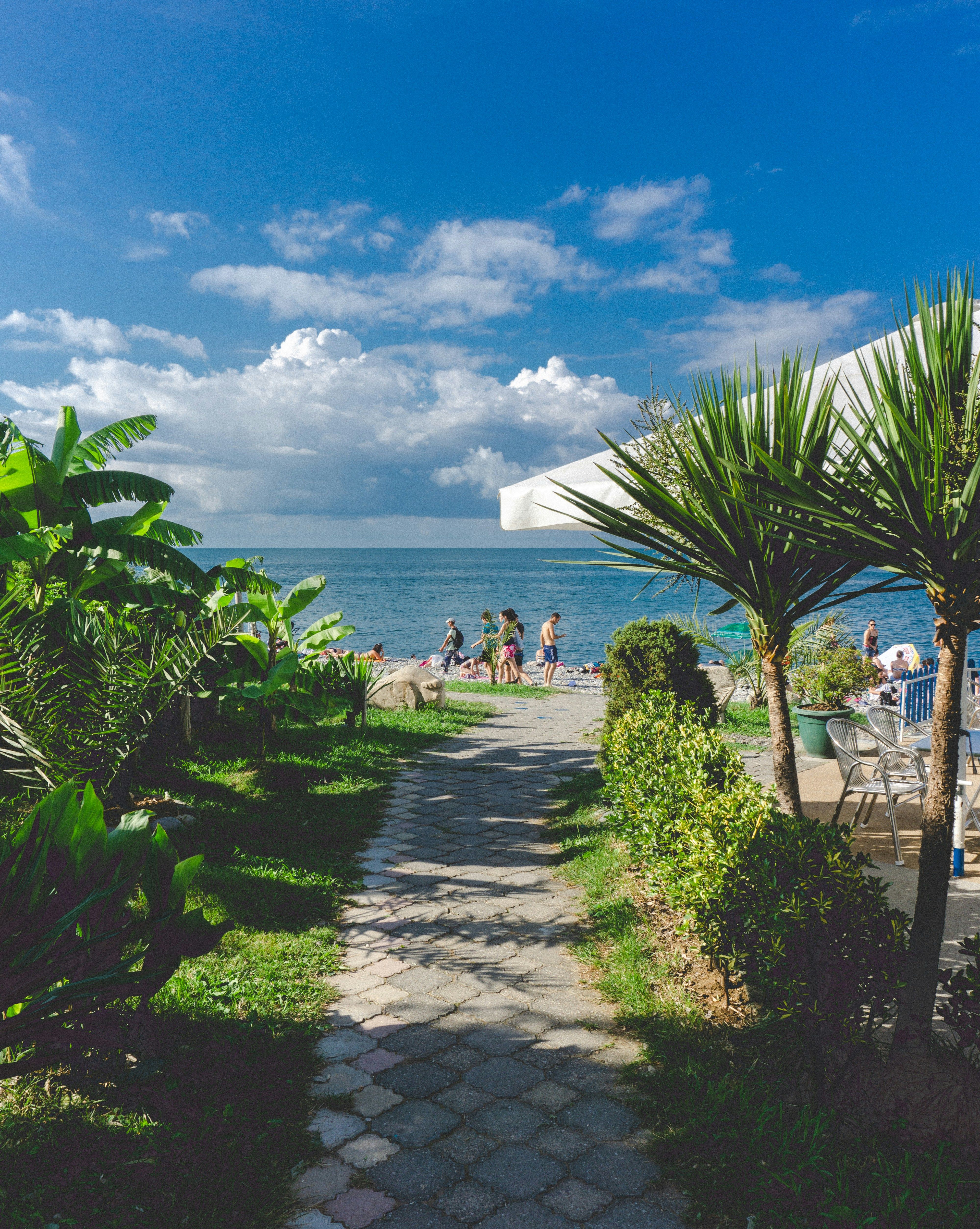Uncharted Gigantic Architectural Marvels of Ancient Egypt: Discover Structures That often Slide Under the Radar
Ancient Egyptian Megastructures Beyond the Pyramids of Giza
While the Pyramids of Giza and the Valley of the Kings are undoubtedly iconic symbols of ancient Egypt, numerous other significant megastructures often linger in the shadows of popular tourist locations. Here are ten lesser-known but essential sites worthy of any history enthusiast's bucket list.
The Bent Pyramid of Sneferu
Constructed during the reign of Sneferu in Dahshur, this pyramid is one of Egypt's most distinctive due to its unusual shape. Initially built with an inclination of 54 degrees, it abruptly shifted midway to 43 degrees, apparently due to structural instability. Despite this correction, the Bent Pyramid remains one of the best-preserved Old Kingdom pyramids, with much of its original Tura limestone casing still intact. Recently, scanning technology has revealed hidden corridors inside the pyramid, hinting at possible ceremonial purposes and shedding light on the architectural evolution leading up to the construction of the Great Pyramid of Giza.
Red Pyramid of Sneferu
Often overshadowed by the Bent Pyramid, the Red Pyramid shares the same construction site. With its internal structure showcasing three massive corbelled chambers, the Red Pyramid demonstrates the Egyptians' increasing mastery of load distribution in pyramid construction. Its design innovations served as a direct influence for the later Great Pyramid of Giza. The pyramid's choice of red stone may have symbolized the solar cult of Ra, as red was associated with the Sun and power in ancient Egyptian mythology.
Pyramid of Meidum
Located in Meidum, the Pyramid of Meidum was built in stages and initially took the shape of a Step Pyramid. Unfortunately, most of the structure has collapsed, leaving behind only a three-stepped tower. As a precursor to true pyramids, its construction techniques have garnered archaeological interest. It is believed that Pharaoh Sneferu completed this project, and its early instability may have impacted the decision to change angles in the Bent Pyramid.
The Mortuary Temple of Hatshepsut
Located near Luxor, the Mortuary Temple of Hatshepsut is a striking architectural marvel. Built over an existing temple dedicated to Amenhotep I, it incorporates elements from both structures. The surrounding rocky landscape emphasizes its austere appearance. Unlike the burial temple of Mentuhotep II, there was no burial in the Hatshepsut temple, but its decoration was notably more lavish.
Temple of Horus at Edfu
Originally buried 12 meters under sand, the Temple of Horus at Edfu was discovered during a French expedition in 1798 and excavated more than 60 years later. Today, it is almost entirely intact and a popular stop for Nile tourist cruises. As the largest temple dedicated to Horus and Hathor of Dendera, it was a worship and celebration center in ancient Egypt.
Temple of Kom Ombo
Located in Kom Ombo, the Temple of Kom Ombo is unique due to its equal division into two halves, each dedicated to a different god. The northern half worships Horus, the god of the sky, hunting, and war, while the southern half honors Sobek, the world's creator, often depicted as a crocodile-headed man. The symmetrical internal structures of the temple reflect the culturally significant dualism of Egypt at the time.
Temple of Seti I
Different from other temples constructed for religious purposes, the Temple of Seti I in Abydos was designed to legitimize the Ramses Dynasty's supposed divine origin. Apart from decorations related to traditional deities, the temple also showcases a statue of Pharaoh Seti I. Remarkable for its fine reliefs, it is believed to be one of Egypt's architectural masterpieces.
Temple of Hathor
Nestled 52 miles north of Luxor on the west bank of the Nile, the Temple of Hathor is incredibly well-preserved and devoid of crowds. Dedicated to the goddess of love and music, the temple's unique Dendera Temple Complex is composed of several elements, including a Great Hypostyle Hall with columns adorned with Hathor's head and an underground chamber housing some of the oldest religious texts in Egypt. Some speculate that the famous "Dendera Light" reliefs depict ancient Egyptian knowledge of electricity.
Colossi of Memnon
The Colossi of Memnon are two colossal sandstone statues in Luxor that once flanked the entrance to Pharaoh Amenhotep III's memorial temple. Believed to have been created between 1370-1352 BCE, the 20-meter-tall statues are composed of enormous sandstone blocks transported from more than 60 kilometers away. One of the most intriguing aspects of the Colossi is the "singing" phenomenon, in which small cracks in the stone create vibrations as the sun heats them, creating a musical sound.
Temple of Esna
The 2,000-year-old Temple of Esna, opened by Napoleon's expedition around 200 years ago, is famous for its astronomical ceiling and unusual hieroglyphic inscriptions. These inscriptions describe the religious movements and cult events during the era in unprecedented detail, interconnected to form a long chronicle. This temple differs from other ancient Egyptian structures due to its well-preserved vestibule and architecture, including its distinctive sandstone columns and hieroglyphics generated over two centuries.
- The Bent Pyramid of Sneferu, with its hidden corridors discovered via scanning technology, offers glimpses into ancient Egyptian ceremonial practices and the architectural progression towards the Great Pyramid of Giza.
- The Temple of Horus at Edfu, once buried 12 meters under sand, stands today nearly intact, showcasing the importance of the solar god Horus in ancient Egyptian lifestyle and travel destinations for modern enthusiasts of Egyptian mythology.
- The Temple of Kom Ombo, with its unique division into two separate halves dedicated to Horus and Sobek, reflects the dualism present in ancient Egyptian history and lifestyle, mirroring the culturally significant balance between these deities.




